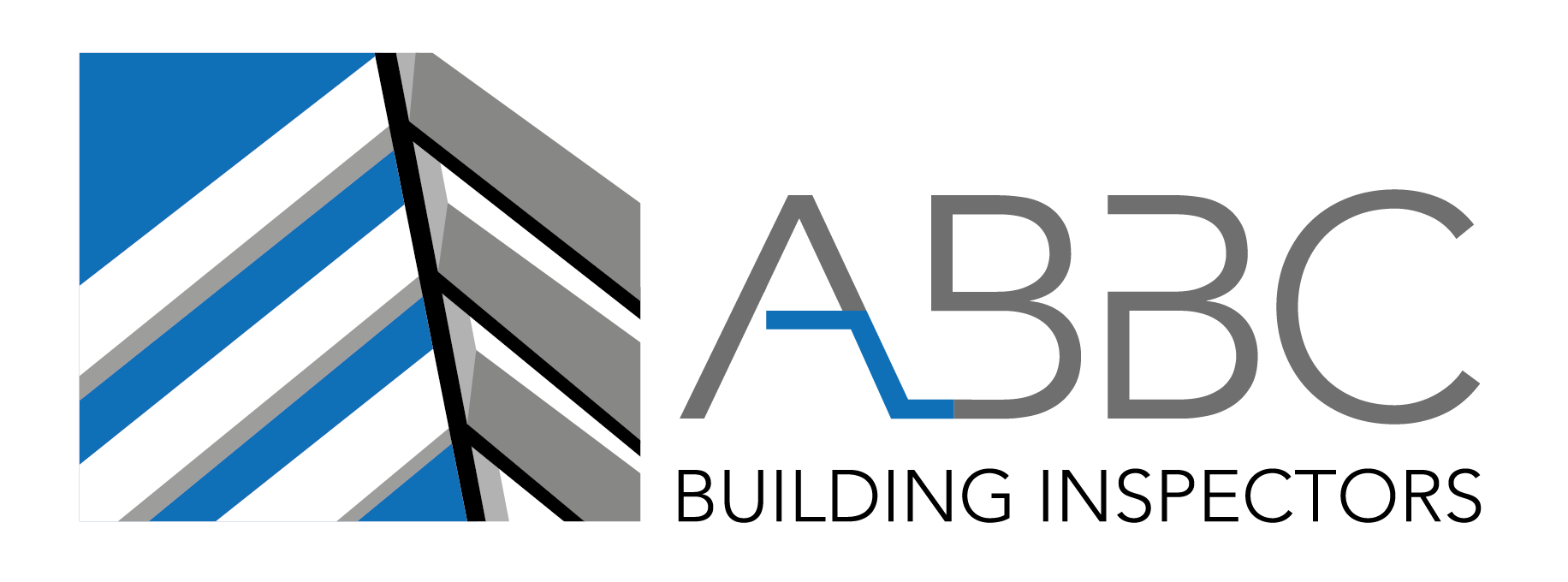Common Problems Uncovered During Building Inspections: What You Need to Know
Having a building inspection is an essential part of maintaining a safe and healthy home. Regular inspections help identify hidden problems that can become major headaches if left unchecked. Understanding the common issues found during these inspections can help homeowners stay vigilant and address problems promptly.
Structural Issues
Foundation cracks and settling are major concerns during building inspections. Foundation cracks can happen due to soil erosion or poor construction techniques. These cracks often appear in the walls, floors, or ceilings and can indicate underlying issues with the home’s stability. Settling occurs when the soil beneath a foundation shifts or sinks, leading to uneven floors and other structural problems. Ignoring these signs can result in serious damage and expensive repairs down the road. Identifying and addressing foundation issues early helps maintain the structural integrity of your home.
Roof damage and leaks are also common findings in building inspections. Roofs are constantly exposed to the elements, which can lead to wear and tear over time. Missing or damaged shingles, broken tiles, and compromised flashing can result in leaks. Water intrusion from a leaking roof can cause extensive damage to ceilings, walls, and insulation. It can also lead to mould growth, creating additional health hazards. Regular inspections can catch these problems early, allowing for timely repairs to prevent more significant damage.
Plumbing Problems
Leaking pipes and fixtures are frequent problems found during building inspections. Leaks can pop up anywhere—from main supply lines to fixtures like sinks or toilets. Small, unnoticed leaks can lead to water damage, mould growth, and higher water bills. Over time, these leaks can weaken building materials and lead to more severe structural issues. Identifying leaks during an inspection allows for prompt repairs, preventing further damage and ensuring the plumbing system functions properly.
Blocked or damaged drains are another common plumbing issue. Drains can become clogged with debris, hair, grease, or other materials, leading to slow drainage or complete blockages. Damaged pipes, often caused by corrosion or tree roots, can also hinder proper drainage. Blocked or damaged drains can result in unpleasant odours, water backups, and even flooding. Addressing these issues during an inspection helps keep the plumbing system in good working order, preventing potential water damage and maintaining a healthy living environment.
Electrical Defects
Outdated wiring and panels are significant issues often uncovered during building inspections. Older homes often have outdated wiring that fails to meet today’s safety standards. Outdated electrical panels can struggle to handle the electrical load of contemporary appliances and devices. This can lead to overheating, circuit breaker trips, and even electrical fires. Inspectors check for signs of wear, corrosion, and other deficiencies in the wiring system. Addressing these issues promptly is crucial for maintaining electrical safety and preventing potential hazards.
Faulty outlets and switches are also common findings in electrical inspections. These components can wear out over time, leading to loose connections or intermittent functionality. In some cases, they may show visible signs of damage, such as scorch marks or frayed wires. Faulty outlets and switches not only pose a safety risk but can also cause inconvenience in daily living. Regular inspections help identify and replace these defective components, ensuring the electrical system functions reliably and safely.
Pest Infestations and Mould
Signs of termites and other pests often appear during building inspections, posing serious risks to the structural integrity of a home. Termites, in particular, can cause extensive damage if left unchecked, eating away at wooden structures and compromising stability. Inspectors look for tell-tale signs of infestations, such as mud tubes, hollowed wood, and droppings. Early detection is crucial for effective pest control and preventing further damage. Other pests like rodents can also cause problems by gnawing on electrical wires and contaminating living spaces.
The presence of mould and mildew is another critical issue identified during building inspections. Mould thrives in damp, poorly ventilated areas and can grow on various surfaces, including walls, ceilings, and floors. It’s important to address mould problems promptly, as they can lead to health issues like allergies and respiratory problems. Inspectors look for visible signs of mould, such as discolouration and musty odours, and check for conditions that may promote mould growth, like leaks and inadequate ventilation. Treating mould and improving ventilation can help maintain a healthy living environment.
Conclusion
Building inspections are essential for identifying and addressing common problems that can affect the safety and comfort of your home. From structural issues like foundation cracks and roof leaks to plumbing problems, electrical defects, and pest infestations, regular inspections ensure these issues are caught early and managed effectively. Understanding these common problems allows homeowners to take proactive measures to maintain their properties.
Don’t wait until small issues become major problems. Schedule a comprehensive building inspection in Perth with ABBC Building Inspectors today to keep your home safe and well-maintained. Our team is ready to provide detailed insights and solutions to ensure your peace of mind. Contact us now to book your inspection and protect your investment.








